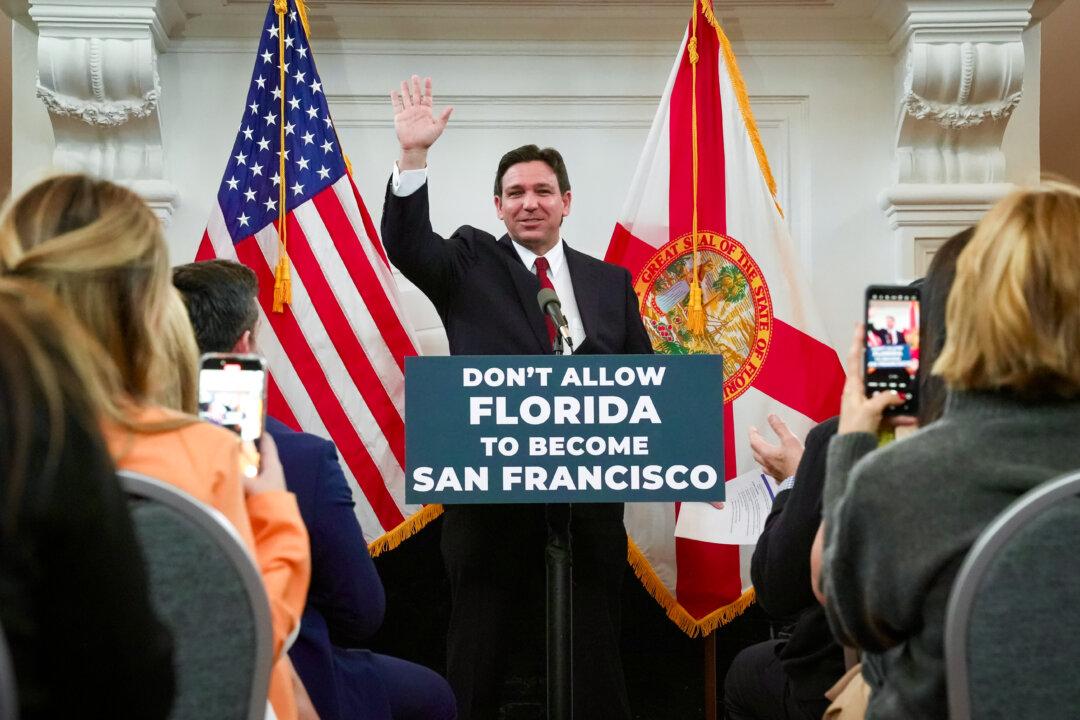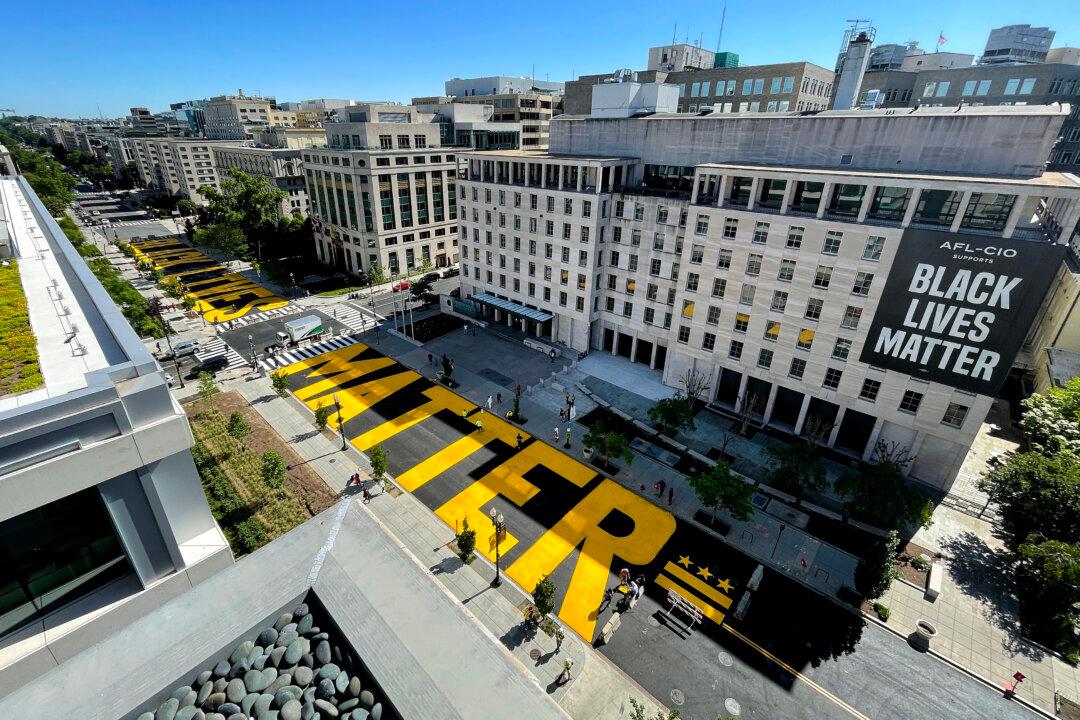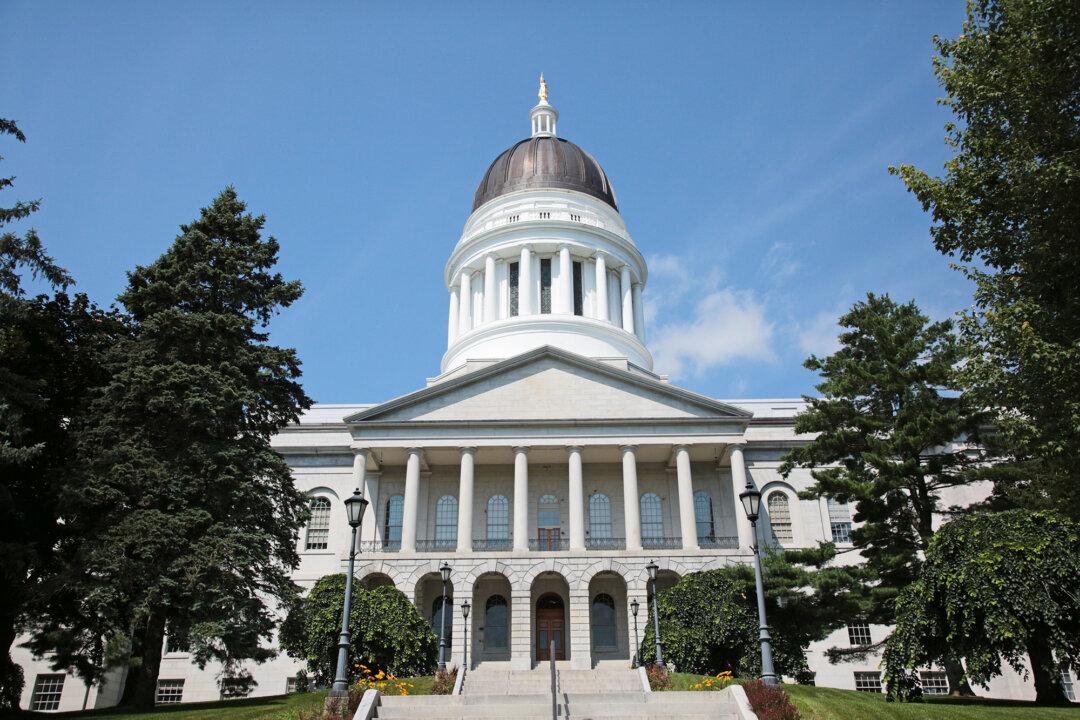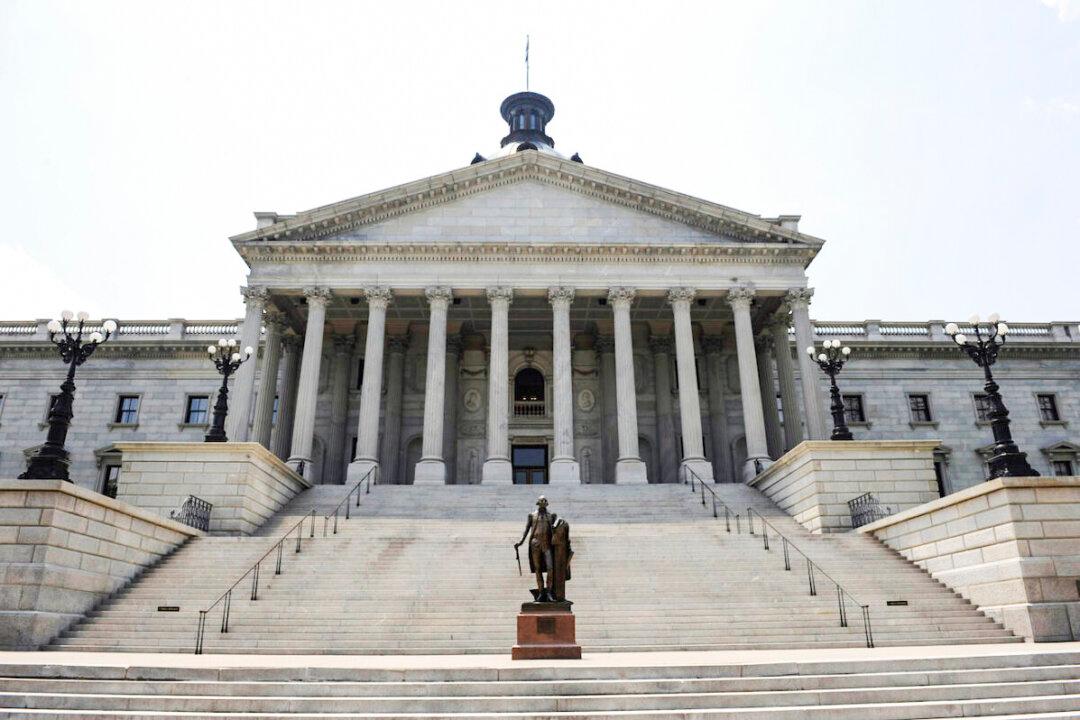Many books currently in school libraries include outright child pornography, the result of a massive gap in the way America protects children, according to a parental rights group.
Unlike movies or TV shows, books have no content rating, according to Emily Maikisch of BookLooks.org. Her website, launched in March, has rated more than 297 books found in U.S. school libraries.




